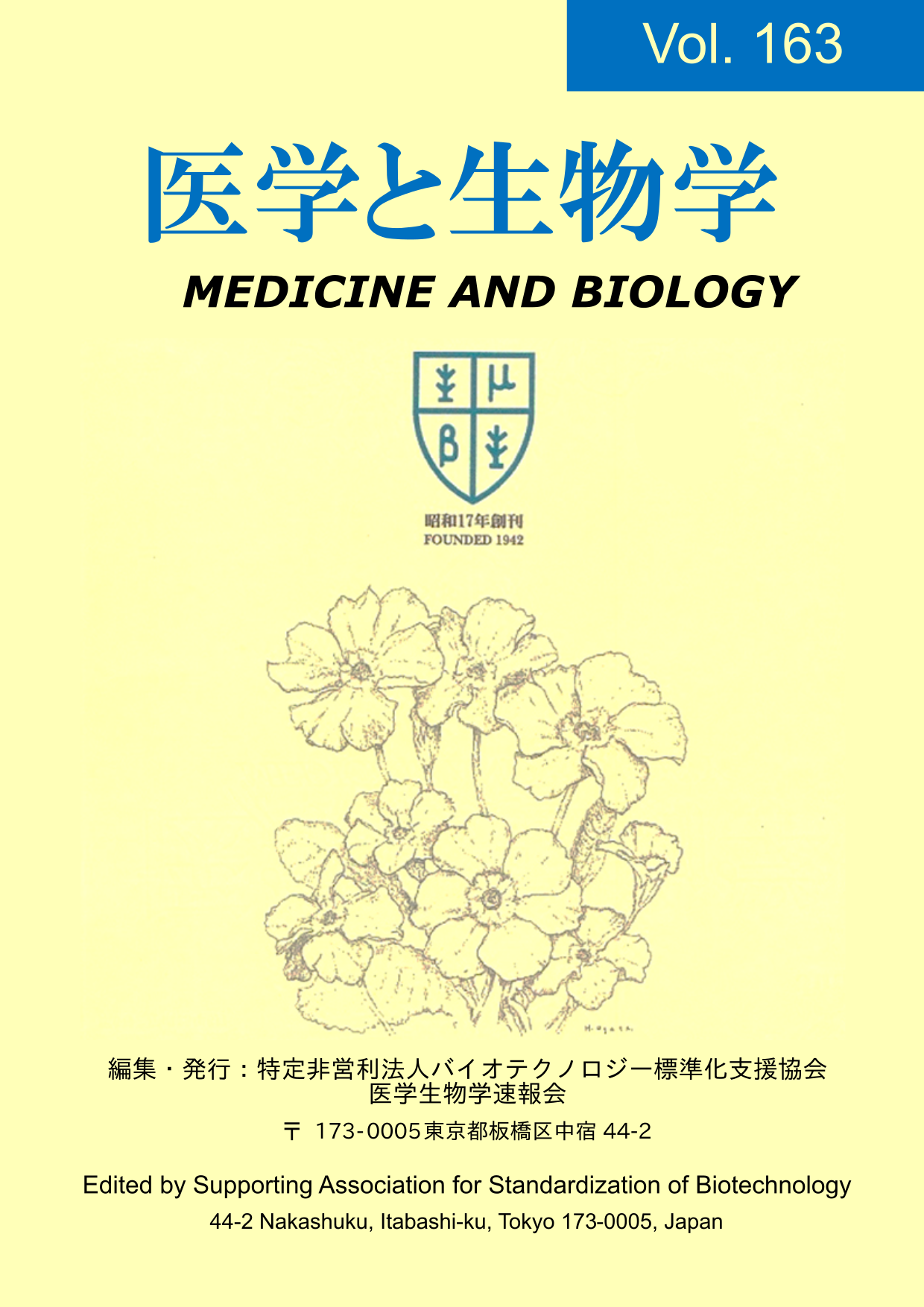Evaluation of left ventricular Vortex flow change before and after mitral valve plasty
Keywords:
EchoDynamography (EDG), Vector Flow Mappimg (VFM), Mitral Valve plasty (MVP), maximum vortex flow, maximum vortex intensity, maximum half areaAbstract
Recently-developed Echo-Dynamography enabled to show complicated streams in the left ventricle. This method demonstrated that vortex streams occurred in the left ventricle. We compared vortex streams between the normal controls and the patients with mitral valve plasty (MVP) by Echo-Dynamography. The subjects were 23 healthy volunteers and 17 patients with MVP. By analyzing vortex streams in the left ventricle, a maximum flow (cm2/sec),a maximum half area (cm2) and a maximum intensity (1/sec) were compared. The vortex streams were observed mainly in the diastolic phase in all subjects. The maximum vortex flow rate, maximum half-value area, and maximum vortex intensity for normal subjects were 28.5 ± 11 (cm2/sec), 2.2 ± 1.2 (cm2), and 15 ± 7 (1/sec), respectively.
The maximum flow and the maximum half area in the patients were significantly decreased from 66±20 and 4.0±2.0 before MVP to 39±20 and 2.5±1.5 after MPV (p<0.001, p<0.01), and were significantly correlated with the left ventricular end-diastolic volume (r=0.59,r=0.61,p<0.01). The maximum intensity was also decreased from 22±15 to 18±9, but the change was not significant (p=0.26). This study demonstrated that Echo-Dynamography enabled to observe the vortex streams in the left ventricle and can be utilized as one of the new methods for evaluating cardiac functions in the patients before and after MVP.


